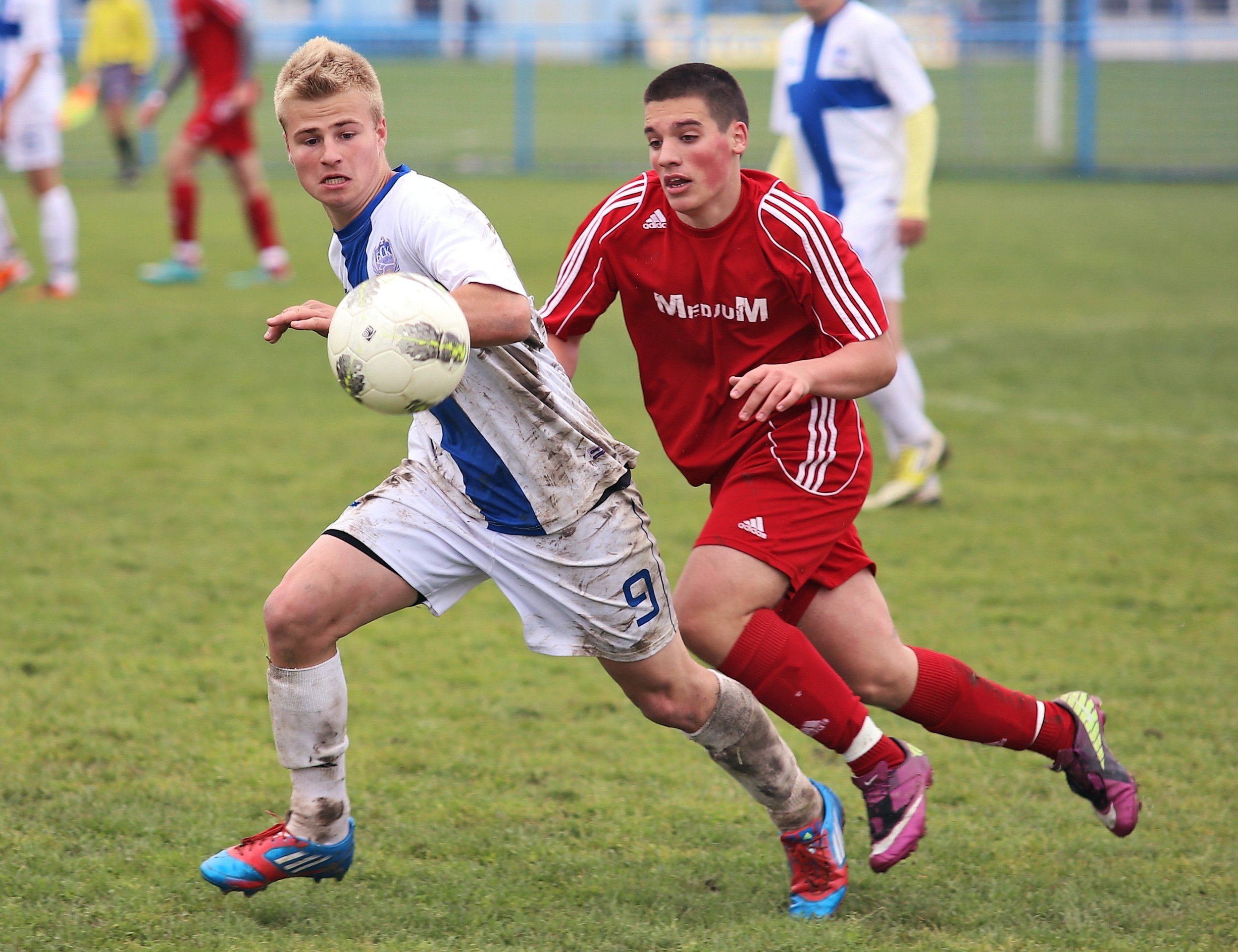Groin strains are the second most common muscle strain, behind the hamstring, among soccer players. The dynamic movements required by both offensive and defensive players place high demands on the long muscles of the hip and knee. Our previous blogs have shown the effectiveness of Physical Therapy interventions to reduce the risk of future hamstring strains, but before we reduce the risk for groin injury we must first understand the risk factors for these injuries.
A recent journal article aimed to identify pre season risk factors which helped identify professional soccer players who sustained a groin injury during their upcoming season (Langhout et al. JOSPT. 2018). Authors completed medical histories and physical exams (flexibilty, strength) on 190 players from 9 professional teams. They reported 11% of athletes sustained a groin injury at some point during their season. Consistent with previous research athletes who reported a prior groin injury were 3 times more likely to sustain a future groin injury. Similar to what we find in hamstring injury, hip flexibility did not identify players at risk for future groin injury.
This article highlights the importance of rehabilitating a previous muscle injury with Physical Therapy. Athletes who complete a standardized Physical Therapy program are able to both accelerate the healing of their injury, as well as, reduce their risk for future injury.
Click Here to schedule your next appointment with the experts at MEND

